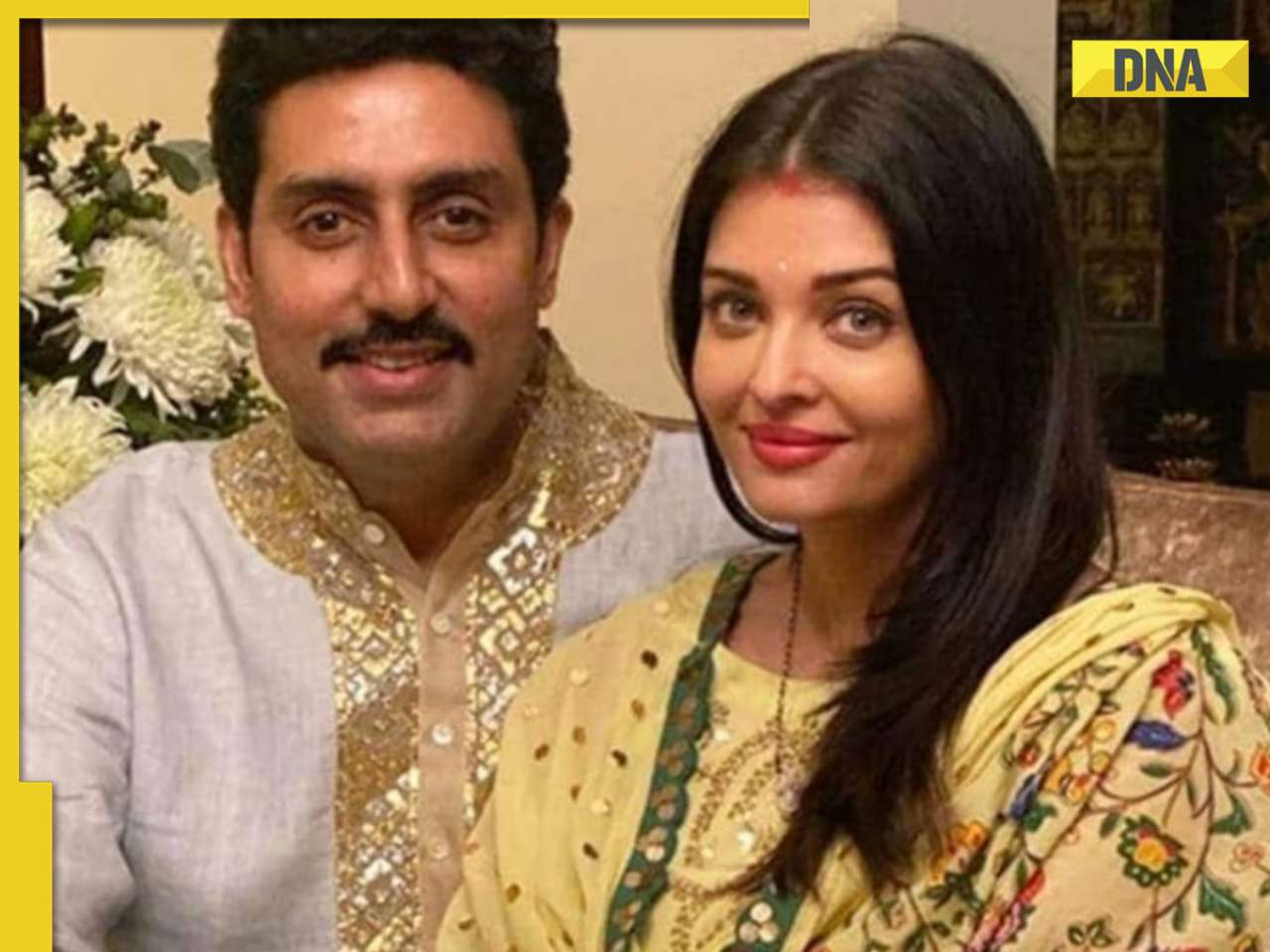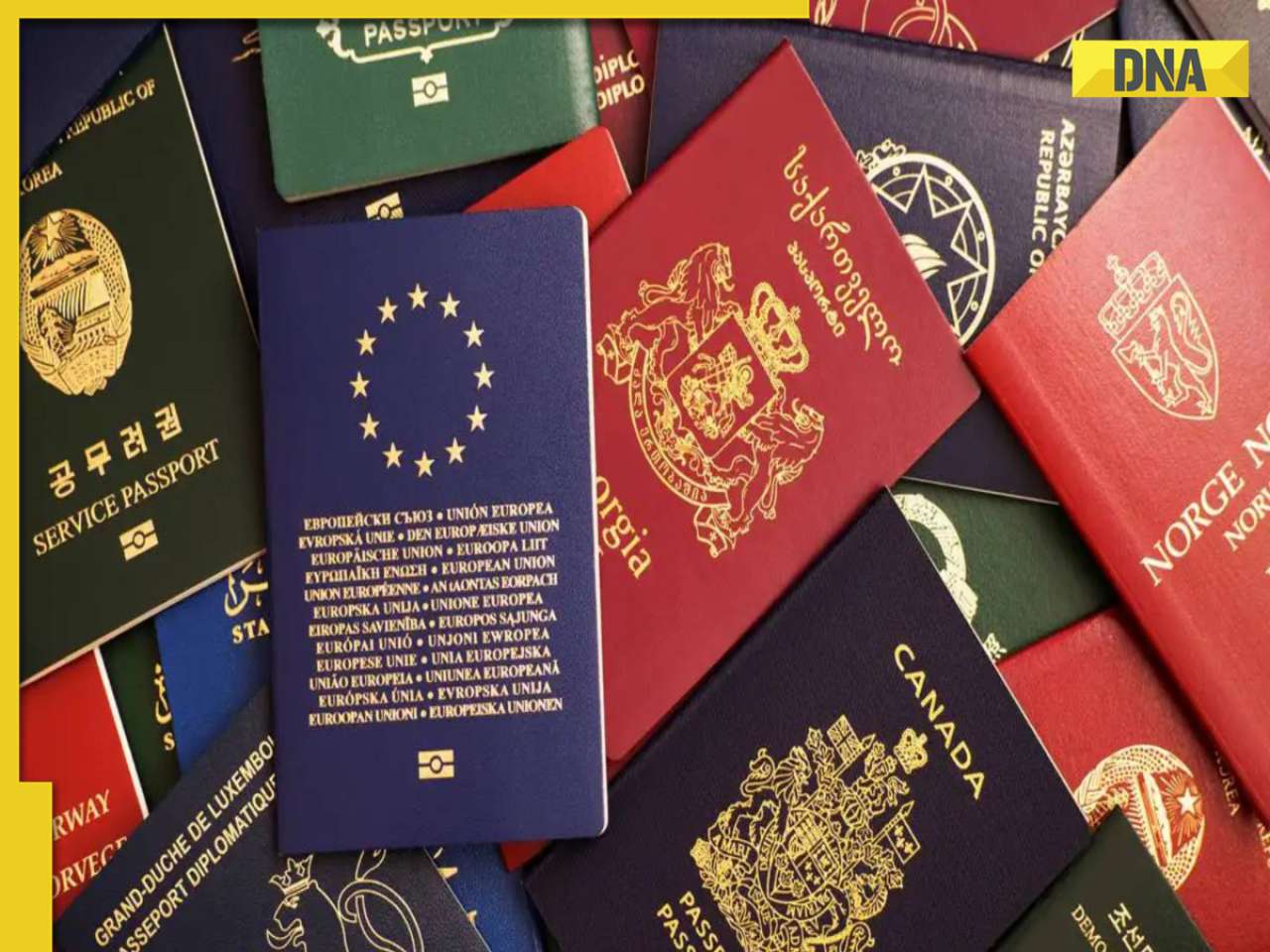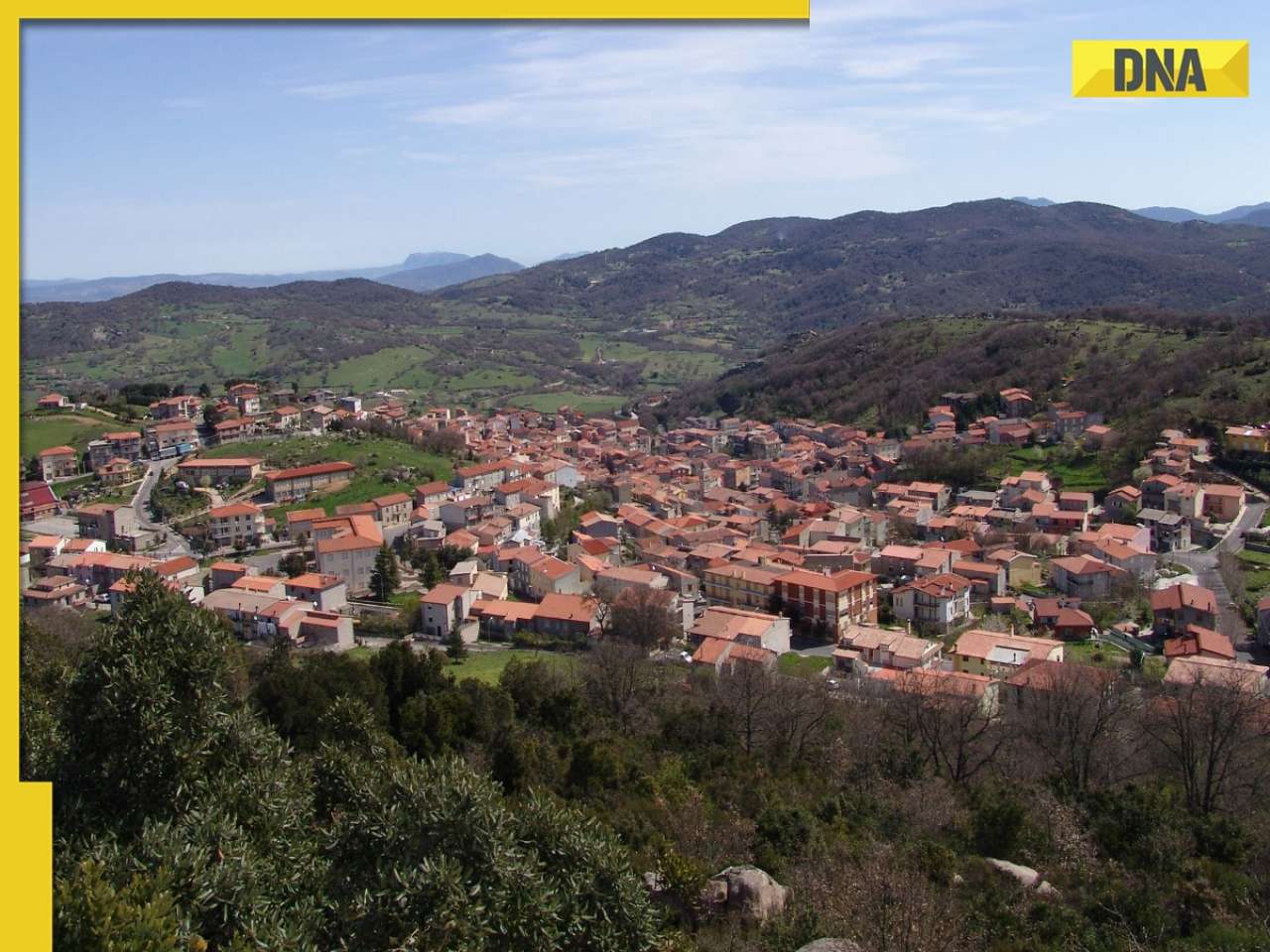- LATEST
- WEBSTORY
- TRENDING
EDUCATION
Meet Indian genius who won Nobel prize for his groundbreaking work in...., not from IIT, IISC, IIM
Ramakrishnan's move to the Medical Research Council (MRC) Laboratory of Molecular Biology in Cambridge in 1999 marked a turning point in his career. His work on the 30S ribosomal subunit, which earned him the Nobel Prize in Chemistry
TRENDING NOW
In the quiet halls of the Medical Research Council Laboratory of Molecular Biology in Cambridge, an unassuming scientist was on the brink of a discovery that would reshape the world of molecular biology. Venkatraman Ramakrishnan, born in 1952 in a small town in Tamil Nadu, India, might have seemed an unlikely candidate for a Nobel Prize. Yet, in 2009, he stood on the world stage, honoured alongside Thomas A. Steitz and Ada Yonath, for his groundbreaking work on the structure and function of ribosomes—a feat that would forever change our understanding of the fundamental processes of life.
Born in 1952 in Chidambaram, Tamil Nadu, India, Ramakrishnan was destined for scientific greatness. His parents, both esteemed scientists, nurtured his intellectual curiosity from a young age. His father, C. V. Ramakrishnan, was a prominent biochemist, and his mother, Rajalakshmi Ramakrishnan, earned a Ph.D. in psychology from McGill University in record time. Their influence set Ramakrishnan on a path that would eventually lead him to the highest echelons of science.
After earning his Bachelor of Science degree in physics from Maharaja Sayajirao University of Baroda in 1971, Ramakrishnan moved to the United States to pursue a Ph.D. in physics at Ohio University. Despite his success in the field, he soon realized that his true passion lay in biology. This led him to the University of California, San Diego, where he began his transition from theoretical physics to the study of ribosomes.
Ramakrishnan's move to the Medical Research Council (MRC) Laboratory of Molecular Biology in Cambridge in 1999 marked a turning point in his career. His work on the 30S ribosomal subunit, which earned him the Nobel Prize in Chemistry in 2009, provided profound insights into the mechanism of protein synthesis. His research has had a lasting impact on our understanding of molecular biology, influencing the development of new antibiotics and treatments for diseases.
As President of the Royal Society from 2015 to 2020, Ramakrishnan found himself at the forefront of debates on Brexit and its impact on science. He was a vocal critic of the UK's decision to leave the European Union, arguing that it threatened Britain's reputation as a global leader in research. Despite these challenges, Ramakrishnan's contributions to science have been recognized with numerous honors, including a knighthood and election to the Order of Merit in 2022.
Today, Ramakrishnan continues to inspire scientists around the world, not just through his research, but through his resilience in the face of adversity. His journey from a small town in India to the Nobel stage is a testament to the power of perseverance and the pursuit of knowledge.







)
)
)
)
)
)
)
)
)
)
)
)
)
)
)
)




























































